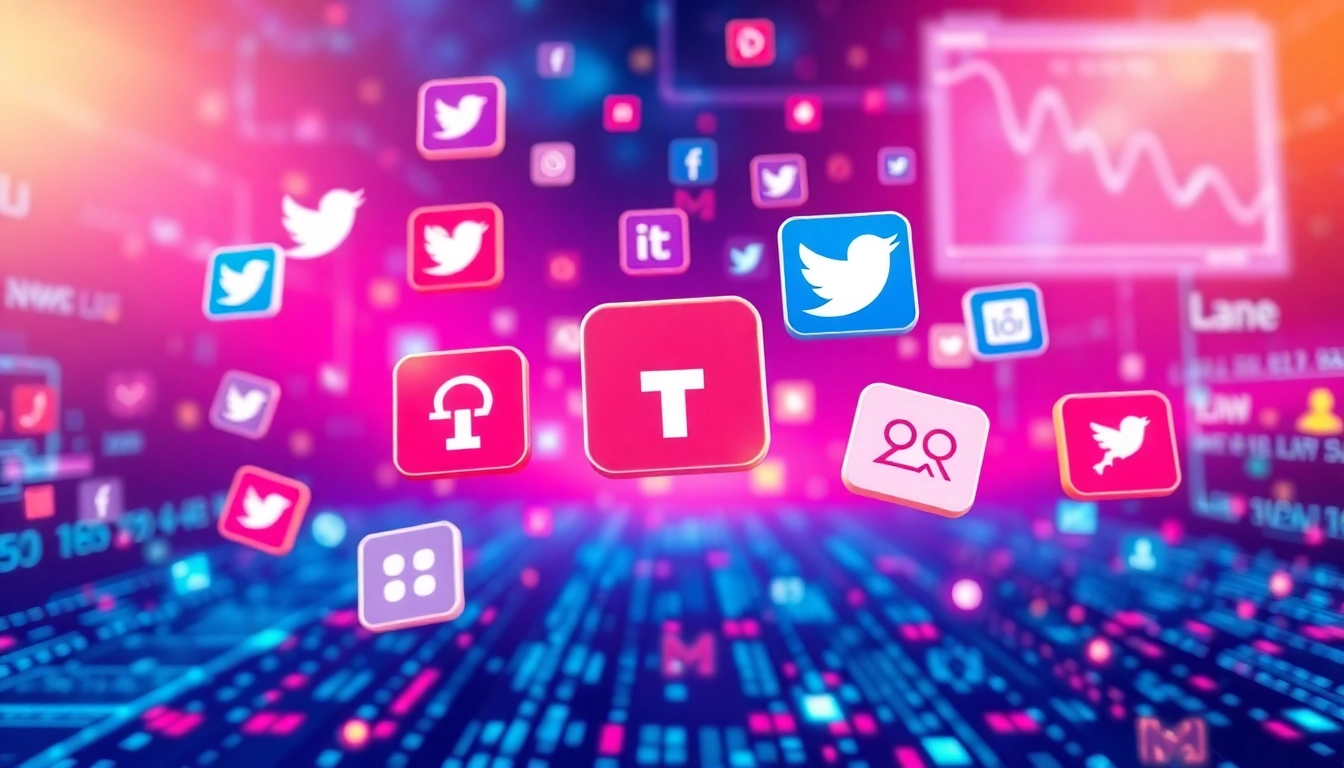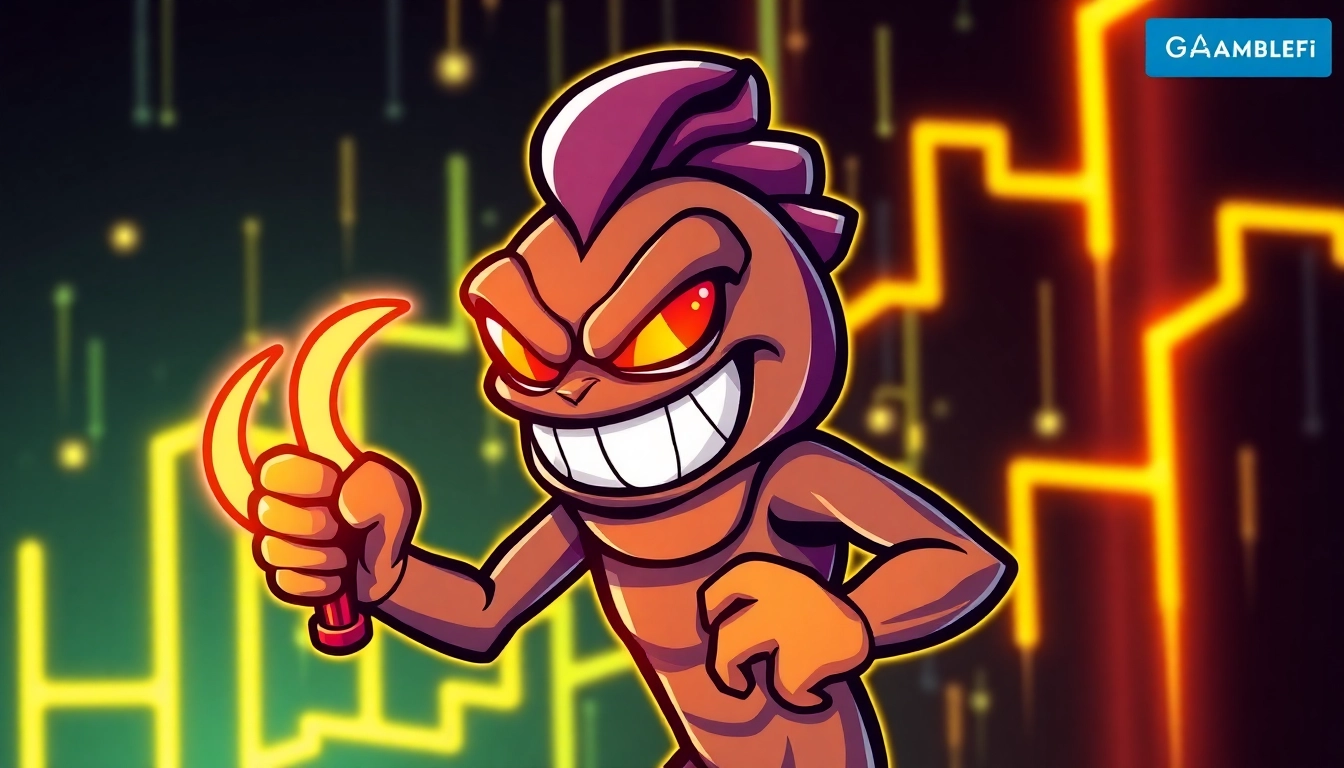
Unveiling the Mysteries of Omegaverse: What It Is and Why It Matters
The omegaverse is a fascinating and complex subgenre within speculative fiction, originally emerging within fan communities and gradually permeating mainstream storytelling. Its distinctive world-building, layered social hierarchies, and intricate character dynamics have captivated a diverse audience worldwide. Whether encountered through fanfiction, roleplay scenarios, or original works, the omegaverse offers a unique universe that explores themes of power, identity, and societal roles through a fantastical lens. This article aims to provide a comprehensive overview of the omegaverse, exploring its origins, core concepts, societal implications, and modern adaptations, including how platforms like CrushOn AI facilitate immersive roleplay experiences that bring these worlds to life.
Origins and Evolution of the Omegaverse
Historical Roots and Cultural Context
The omegaverse, sometimes referred to as A/B/O , originated within the fanfiction community of the early 2010s, especially within the realm of fanworks based on popular media franchises such as *Supernatural*, *Dragon Ball Z*, and *Marvel*. Its roots are deeply intertwined with the desire to explore alternative social hierarchies and biological imperatives that challenge traditional gender roles and power structures. The genre grew rapidly, fueled by the internet’s ability to allow niche communities to flourish and share their creative visions.
Initially, the omegaverse was a niche phenomenon, primarily circulating among fandom circles. However, its compelling world-building, which combines biological determinism with societal constructs, propelled it into broader recognition. As it evolved, writers began to craft entirely original universes inspired by omegaverse principles, expanding its reach beyond fan fiction into original novels and roleplaying platforms.
Key Milestones in Omegaverse Development
Some pivotal moments in the history of the omegaverse include:
– The emergence of fan communities on platforms like LiveJournal and Archive of Our Own , where writers began experimenting with alpha, beta, and omega characters.
– The proliferation of tropes such as mate bonds, heat cycles, and hierarchical social orders, which became hallmarks of the genre.
– The adaptation of omegaverse elements into mainstream media, including webcomics, independent novels, and roleplaying games.
– The integration of advanced AI-driven platforms like CrushOn AI, which enable users to create personalized omegaverse characters and narratives, further expanding creative possibilities.
This evolutionary journey underscores the genre’s versatility and its capacity to serve as a canvas for exploring complex themes related to identity, dominance, submission, and societal roles.
Core Concepts and Terminology of the Omegaverse
Understanding the Biological and Social Framework
At its core, the omegaverse reimagines traditional social and biological roles through a speculative biological lens. The genre introduces a universe where characters are categorized into three primary roles—alphas, betas, and omegas—each with distinct physiological and behavioral traits. These roles influence interactions, relationships, and societal hierarchies.
Major Terms and Definitions
- Alpha: The dominant, fiercely protective, and often physically stronger role. Alphas typically exhibit leadership qualities and are biologically predisposed to dominance and territorial behaviors. They are often portrayed as natural leaders or protectors within the social hierarchy.
- Beta: The neutral or mediating role, betas tend to be more adaptable and less biologically driven by hierarchical instincts. They often serve as connectors within communities, balancing power dynamics between alphas and omegas.
- Omega: The submissive or vulnerable role, omegas are characterized by their nurturing instincts, heightened emotional sensitivity, and biological traits such as heat cycles. They often face societal expectations around femininity and vulnerability, though these traits can be subverted or challenged in modern narratives.
Other significant concepts include:
– Mate Bonds: Deep, often biologically driven connections that form between pairs, influencing behavior, attraction, and social standing.
– Heat Cycles: Periodic biological states in omegas that induce heightened reproductive and emotional behaviors, often requiring special care or protection.
– Hierarchical Society: The social structure that emphasizes dominance and submission, with alphas typically occupying leadership roles and omegas often occupying more submissive positions.
Role of Biological Determinism and Society
While the biological traits are central to the omegaverse, many stories also explore how societal norms, cultural expectations, and individual agency intersect with these biological predispositions. This interplay creates rich narratives that examine themes of free will, societal oppression, and personal identity.
Social Hierarchy and Dynamics in the Omegaverse
Power Structures and Social Roles
The omegaverse’s social fabric is built around a hierarchical system that mirrors real-world power dynamics but is driven by biologically rooted instincts. Alphas are typically seen as the ruling class, with betas serving as mediators or middle class, and omegas occupying subordinate or vulnerable positions. These roles influence everything from daily interactions to societal status, with many stories exploring rebellion against or conformity within these systems.
Interpersonal Relationships and Interactions
Relationships in the omegaverse often revolve around the concept of mate bonds, with intense emotional and physical connections. These bonds can be permanent or temporary, and their formation may be influenced by biological compatibility, shared history, or external circumstances. The dynamics of dominance and submission are frequently explored, creating a fertile ground for drama, tension, and character growth.
Gender and Identity in the Omegaverse
Although the traditional omegaverse assigns roles based on biological traits, modern interpretations increasingly challenge these norms by emphasizing individual identity beyond biological determinism. Characters may defy stereotypical role expectations, leading to stories that explore gender fluidity, non-binary identities, and personal agency. This evolution reflects broader societal conversations about gender and equality.
Common Themes and Tropes in Omegaverse Stories
Love, Power, and Identity
Central themes in omegaverse narratives include the exploration of love across hierarchical boundaries, the struggle for autonomy in a society that enforces biological roles, and questions about innate versus learned behavior. Many stories delve into the emotional complexity of characters navigating their roles and relationships, emphasizing consent and personal choice.
Heat Cycles and Reproductive Dynamics
One of the genre’s signature tropes, heat cycles introduce periodic biological urges that can lead to intense emotional and physical experiences. These cycles often serve as plot devices to explore themes of vulnerability, protection, and societal pressure. They also allow writers to examine consent and agency within heightened emotional states.
Forbidden Love and Rebellion
Stories often feature forbidden romances—such as between alphas and omegas or within strict societal hierarchies—highlighting themes of rebellion, societal critique, and personal freedom. These narratives challenge traditional norms, emphasizing the importance of individual agency and love’s transformative power.
Family and Clan Dynamics
Many omegaverse stories incorporate familial or clan structures, with characters navigating loyalty, inheritance, and lineage. These themes add layers of complexity, especially when familial expectations conflict with personal desires.
Cultural Impact and Popularity in Fiction and Roleplay
Fandom and Creative Expression
The omegaverse has become a vibrant subculture within fandom communities, inspiring countless works of fanfiction, art, and roleplay. Its flexible universe allows fans to explore complex themes, experiment with character archetypes, and create immersive worlds. Platforms like CrushOn AI have further democratized creative expression, enabling users to craft personalized omegaverse characters and narratives through AI-powered tools.
Roleplaying Communities and Platforms
Online roleplaying platforms, forums, and social media groups have become hubs for omegaverse storytelling. Participants enjoy building detailed character profiles, engaging in multi-character group chats, and developing overarching plots. The platform’s features—such as contextual memory, character customization, and cross-device access—enhance the experience, making roleplay more seamless and immersive.
Impact on Mainstream Media
While still primarily a niche genre, the influence of the omegaverse extends into mainstream media, with web novels, indie publications, and even some mainstream authors incorporating its elements. As societal attitudes toward gender and sexuality evolve, so does the representation within omegaverse narratives, fostering greater diversity and inclusivity.
How CrushOn AI Facilitates Omegaverse Roleplay and Creativity
Creating and Customizing Characters
CrushOn AI empowers users to craft their own omegaverse characters with detailed traits, backstories, and personalities. Whether choosing from an extensive library of pre-made characters or building unique personas from scratch, users can tailor attributes to suit their storytelling needs. The platform’s advanced language models, like GPT-4o mini and Claude 3.5 Sonnet, generate natural, engaging responses, making interactions feel authentic and immersive.
Memory System and Contextual Continuity
A standout feature of CrushOn AI is its contextual memory system, which allows characters to remember past conversations. This continuity enhances roleplay realism, enabling users to develop long-term story arcs, emotional bonds, and evolving relationships without losing detail or coherence.
Multi-Character Group Chats and Cross-Device Accessibility
The platform supports multi-character group chats, making it ideal for complex omegaverse scenarios involving multiple characters and factions. Additionally, its cross-device compatibility means users can engage with their stories from web browsers or mobile apps, ensuring seamless access and flexibility.
Supporting Creativity and Exploration
CrushOn AI’s versatility encourages creative experimentation. Users can explore various tropes—such as forbidden love, hierarchical rebellion, or biological imperatives—within a safe and customizable environment. This fosters storytelling innovation and allows fans to deepen their engagement with omegaverse worlds.
Ethical Considerations and Responsible Content Creation
Respecting Boundaries and Consent
While the omegaverse explores intense themes involving power dynamics and biological urges, it’s vital for creators and participants to prioritize consent and mutual respect. Roleplay platforms like CrushOn AI promote responsible engagement by encouraging clear boundaries and consent-aware interactions.
Representation and Inclusivity
Modern omegaverse narratives increasingly aim to reflect diverse identities, including non-binary, transgender, and gender-fluid characters. Responsible storytelling involves avoiding stereotypes, respecting individual identities, and fostering inclusive environments.
Content Moderation and Community Guidelines
Platforms hosting omegaverse content should implement robust moderation and community guidelines to prevent harmful or non-consensual material. This ensures a safe space for creative expression while respecting legal and ethical standards.
Future Trends and Developments in Omegaverse Narratives
Technological Innovations and AI Integration
As AI technology advances, platforms like CrushOn AI will continue to refine their character generation and storytelling capabilities. Future developments may include more sophisticated emotional modeling, dynamic world-building, and adaptive narratives that respond to user choices in real-time.
Expanding Diversity and Representation
The genre’s future will likely see increased emphasis on inclusivity, exploring a broader spectrum of identities, relationships, and societal structures. This expansion will foster richer, more nuanced storytelling that resonates with diverse audiences.
Blending Genres and Media
Omegaverse concepts are poised to merge with other genres such as sci-fi, fantasy, and horror, creating hybrid worlds with unique rules and aesthetics. Additionally, integration with visual media, interactive games, and virtual reality may offer immersive experiences that push the boundaries of traditional storytelling.
Conclusion: Embracing the Complexity of Omegaverse
The omegaverse remains a compelling universe that challenges conventional narratives around gender, power, and societal roles. Its rich lore, complex character dynamics, and thematic depth continue to inspire creators and fans alike. Platforms like CrushOn AI play a pivotal role in democratizing access to these worlds, enabling users to craft personalized stories and explore their creativity in a safe, engaging environment.
Understanding what the omegaverse is and why it resonates with so many lies in appreciating its capacity to reflect real-world issues through a fantastical lens. Whether as a form of escapism, social commentary, or artistic expression, the omegaverse offers a versatile and endlessly intriguing universe for storytelling and roleplay enthusiasts.
For those interested in delving deeper into this captivating genre, exploring detailed definitions and narratives, the best starting point is to learn about What is Omegaverse and how it continues to evolve in contemporary fiction and digital roleplay environments.






